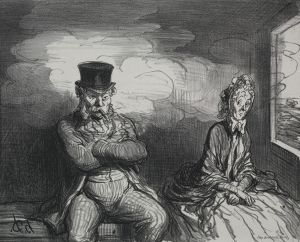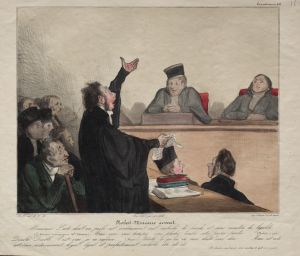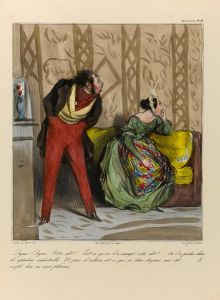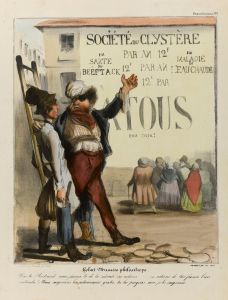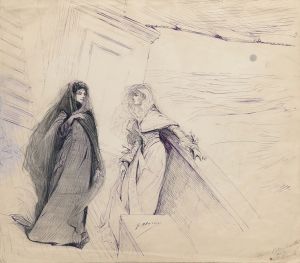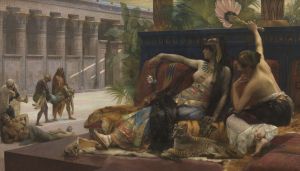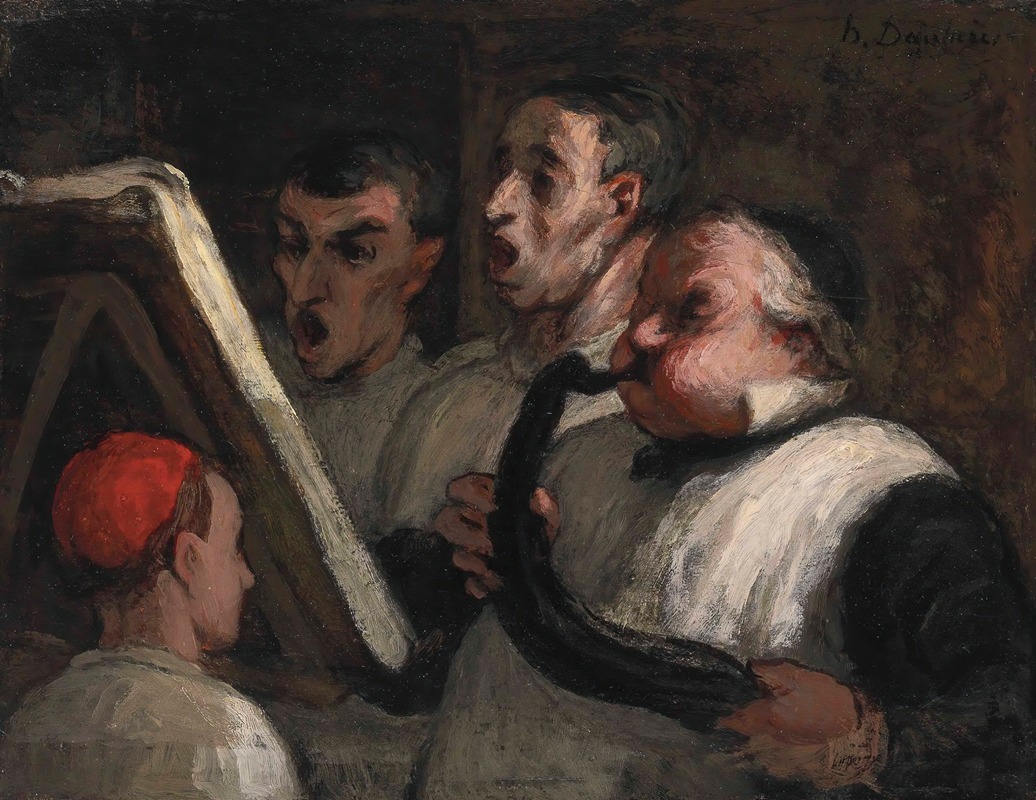
Le Lutrin
A hand-painted replica of Honoré Daumier’s masterpiece Le Lutrin, meticulously crafted by professional artists to capture the true essence of the original. Each piece is created with museum-quality canvas and rare mineral pigments, carefully painted by experienced artists with delicate brushstrokes and rich, layered colors to perfectly recreate the texture of the original artwork. Unlike machine-printed reproductions, this hand-painted version brings the painting to life, infused with the artist’s emotions and skill in every stroke. Whether for personal collection or home decoration, it instantly elevates the artistic atmosphere of any space.
Honoré Daumier, a prominent French artist known for his caricatures, paintings, and sculptures, created the artwork "Le Lutrin" during the 19th century. Daumier's work often focused on social and political themes, reflecting the turbulent times of 19th-century France. While Daumier is primarily celebrated for his lithographs and caricatures, his paintings, though less numerous, offer a profound insight into his artistic vision and social commentary.
"Le Lutrin" is one of Daumier's paintings that exemplifies his interest in the human condition and his ability to capture the essence of his subjects with both empathy and critical observation. The title "Le Lutrin" translates to "The Lectern" in English, suggesting a focus on a scene involving reading or oration, possibly set in a church or a similar setting where a lectern would be present. This aligns with Daumier's frequent exploration of themes related to authority, religion, and the everyday lives of people.
Daumier's style in "Le Lutrin" is characterized by his use of bold brushstrokes and a somewhat muted color palette, which is typical of his painting technique. His approach often emphasizes the emotional and psychological depth of his subjects rather than intricate details. This technique allows viewers to engage with the broader themes and emotions conveyed in the scene.
The composition of "Le Lutrin" likely reflects Daumier's keen eye for human interaction and societal roles. His works often depict individuals in moments of contemplation or engagement with their environment, capturing the subtleties of human expression and body language. This ability to portray the nuances of human behavior is a hallmark of Daumier's art, whether in his satirical lithographs or his more serious paintings.
Daumier's paintings, including "Le Lutrin," are less well-documented than his lithographs, which were widely published and circulated during his lifetime. As a result, specific details about the creation and exhibition history of "Le Lutrin" may not be as extensively recorded. However, Daumier's paintings have gained recognition over time, with art historians and critics acknowledging their significance in understanding the broader scope of his work and the socio-political context of 19th-century France.
In summary, "Le Lutrin" by Honoré Daumier is a painting that reflects the artist's interest in social themes and human interaction. Through his distinctive style and focus on the human condition, Daumier offers a window into the complexities of 19th-century French society. While specific details about this particular painting may be limited, it remains an important part of Daumier's artistic legacy, illustrating his ability to blend social commentary with artistic expression.









